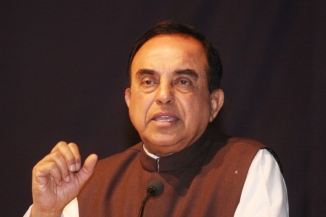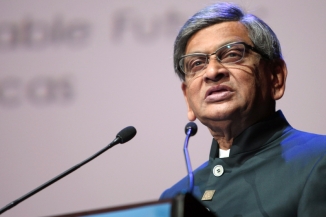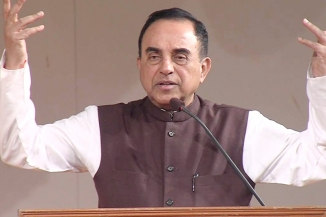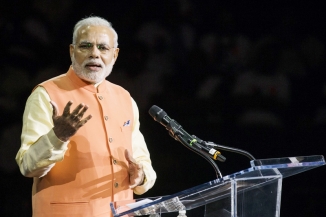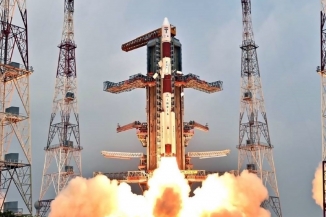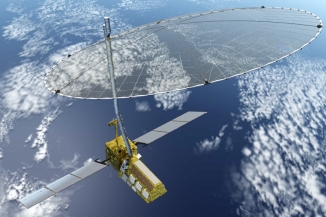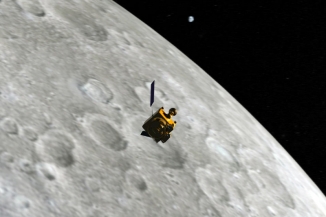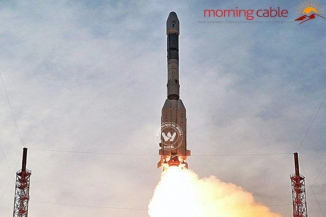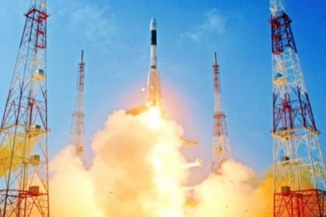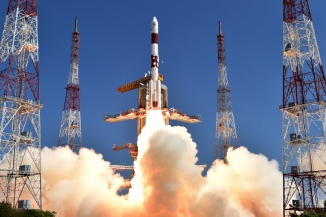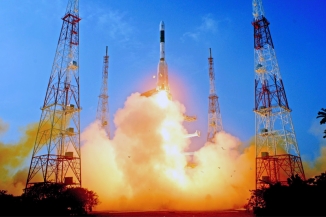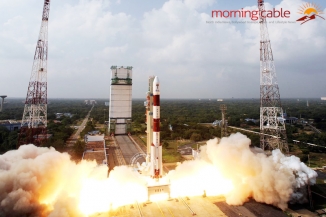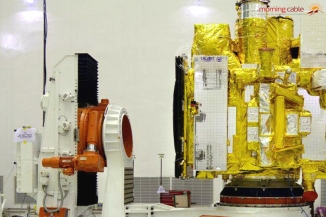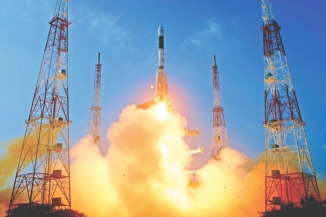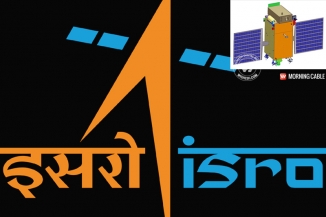ISRO To Launch Payloads On Two Different Orbits On Single PSLV On Sept. 26
September 22, 2016 16:17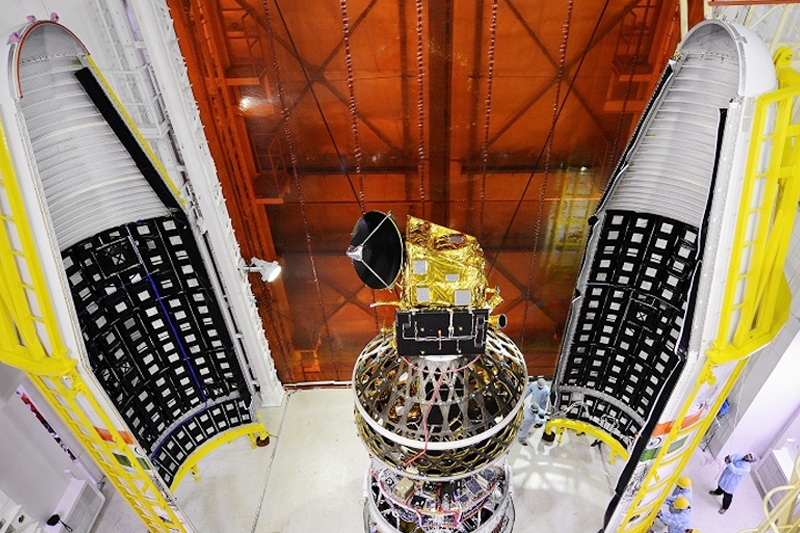
The Indian Space Research Organization (ISRO) is all set to launch two different payload satellites on a single Polar Satellite Launching Vehicle (PSLV) under its continuity mission Scatsat-1 for ocean and weather-related studies along with seven co-passenger satellites, making it PSLV’s longest flight ever.
Scatsat-1, a continuity mission for Oceansat-2, to provide vector data products to help in weather forecasting and cyclone detection.
According to the reports, making it 37th flight of the PSLV-C35, ISRO will launch the satellites at 9.12 AM from the Satish Dhawan Space Center in Sriharikota.
Reports said that Scatsat-1, which is 377 kg, will have satellites from Algeria, Canada and USA along with two Indian universities. While Scatsat-1 will be placed into 720 km Polar Sun Synchronous Orbit (SSO) with the satellites from two Indian universities, the other foreign satellites will be placed into 670 km polar orbit.
It will be the longest ever flight for the PSLV for two hours 15 minutes, approximately, 155 minutes more than its usual flight. While the Scatsat-1 will be dropped at marginally higher orbit and will be out in the first seventeen minutes. The other smaller satellites will be get off at 600 km after two hours.
Among the two Indian universities, who has made the satellites for the launch, one is from IIT-Bombay, which has designed and developed satellite, named as Pratham. The other is by Bengaluru’s PES university, named Pisat that also carries an imaging camera as payloads.
A news daily has quoted the director of ISRO as saying, “The campaign is in full swing for the launch of the PSLV-C35 on September 26. We have planned to release its different payloads [or spacecraft] at two different orbits this time. This will be a first multiple orbit launch in a single PSLV mission using the PS4 restart method.”
ISRO has explained, what exactly the PS4 method means. To achieve multiple orbits, there are two options available, either using a separate propulsion module or employing upper stage restart. PSLV has chosen to employ the latter, where it restarts PS4 engines twice in between a long coasting. The PS4 stage is powered by twin liquid engines and controlled by maintenance of certain critical parameters. The time usually taken during two restarts comes up to 7600 seconds that are between two widely spaced points in orbit.
By Prajakt K.







